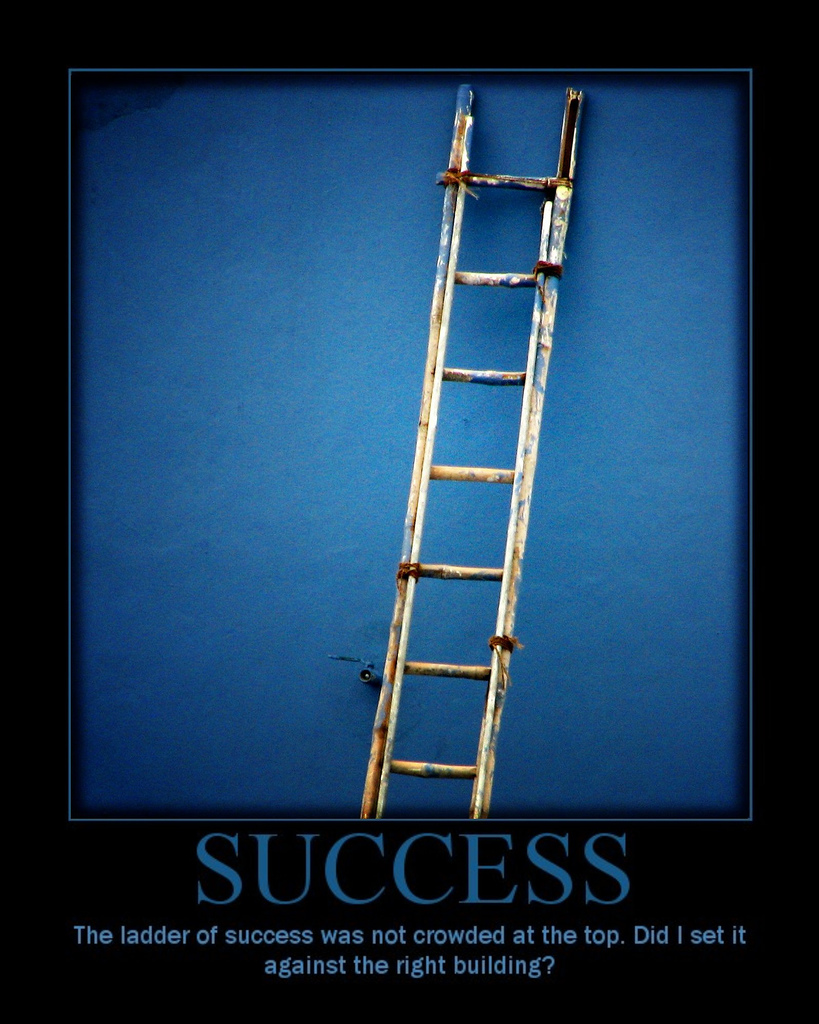On February 18, 2012 I ran the Livestrong Half marathon in Austin Texas. The training for this event took almost a year of early morning runs in Houston’s hot and humid summer weather. It was a transformative experience for me as I went from over 200lbs and getting winded just walking to the mailbox, to being fit and healthy again. But most importantly, in pushing myself to accomplish this goal that seemed larger than life when I started, I learned some valuable lessons about real estate investing that I wanted to share with you today.
Lesson 1: Start with a plan then show up. No exceptions!
No one gets a free pass when it comes to training for a marathon. Unless you’re a proven runner, your level of fitness is largely irrelevant. A fit person might need a shorter training plan but they have to train! Lack of training is a guarantee of failure regardless of your fitness starting point. So you must lay out a long term plan – which days will you run and how long. And this plan is designed to get you closer to the ultimate goal of finishing the big race. But the plan doesn’t work if you don’t show up and execute. Especially on the days when you feel like turning on the other side and getting another couple of hours of sleep.
Real estate investing is much the same say. Some people start with more capital some with less. Some with six figure incomes and some with less. But neither of those in and of itself will get you ready for the big event – retirement, financial freedom. You have to lay out a solid plan – what assets will you acquire, when and where. And how will you use those assets to get you ready for retirement? Then you have to show up and execute. If you don’t take the steps the plan calls for, it remains just an idea on a piece of paper. And everyone that’s ever taken a shower has an idea…
Lesson 2: Your efforts follow your goals
When I first discovered this, it was an epiphany. One day the training schedule called for a long 8 mile run. So when I went out that morning, I was mentally prepared for the distance. I would be halfway there at 4 miles then about 75% done at 6.5 then one final push to the finish. During that last mile and a half, I was so exhausted I couldn’t feel my legs and my heart was in my throat. A few days later, it was a short 3 mile run which I thought would be a piece of cake. A funny thing happened during that last mile that day: I was just as exhausted and barely finished.
Most of the limits we think we have are not physical but mental. Your real estate investing efforts and your intensity in executing them will follow the goals you set for yourself. So don’t sell yourself short. If retirement and financial freedom is what you seek, don’t settle for “buying a couple of rentals”. If you want a couple of million in net worth and six figures in annual income don’t strive for “some extra income”. First your mind, then your plan, than your actions.
Lesson 3: There will be doubt and resistance
I’d love to tell you that during my marathon training, I was 100% unwavering, eyes on the prize but I’d be lying. Actually on a pretty regular basis my mind would try to sabotage my efforts through rationalization. In one instance, I was trying to run 10 miles – a 2 mile increase from my previous high. Needless to say, when the ninth mile started, I was spent. I thought I would just shut down all of a sudden like a PC but I kept trying to push forward as the goal was just in sight. And right at that moment, this thought would come one that said: Hey, if you stop now, you’re still increasing your highest mileage by 1 mile. That’s pretty good, right? Just stop, you’ve done enough for today etc etc
Same story with real estate investing. I get phone calls from clients all the time, questioning if the plan they’re implementing is actually going to get them to retirement. Doubts are a part of human nature – we’re hard wired to question ourselves and to present resistance to forward movement. We prefer what’s comfortable. But in real estate investing, “comfortable” means sitting on the same spot you were 5 years ago with no forward progress. When the doubts seep in, it’s not time to stop. It’s a signal to push forward harder and execute your plan.
![]() Photo Credit: Raymond Larose via Compfight
Photo Credit: Raymond Larose via Compfight




